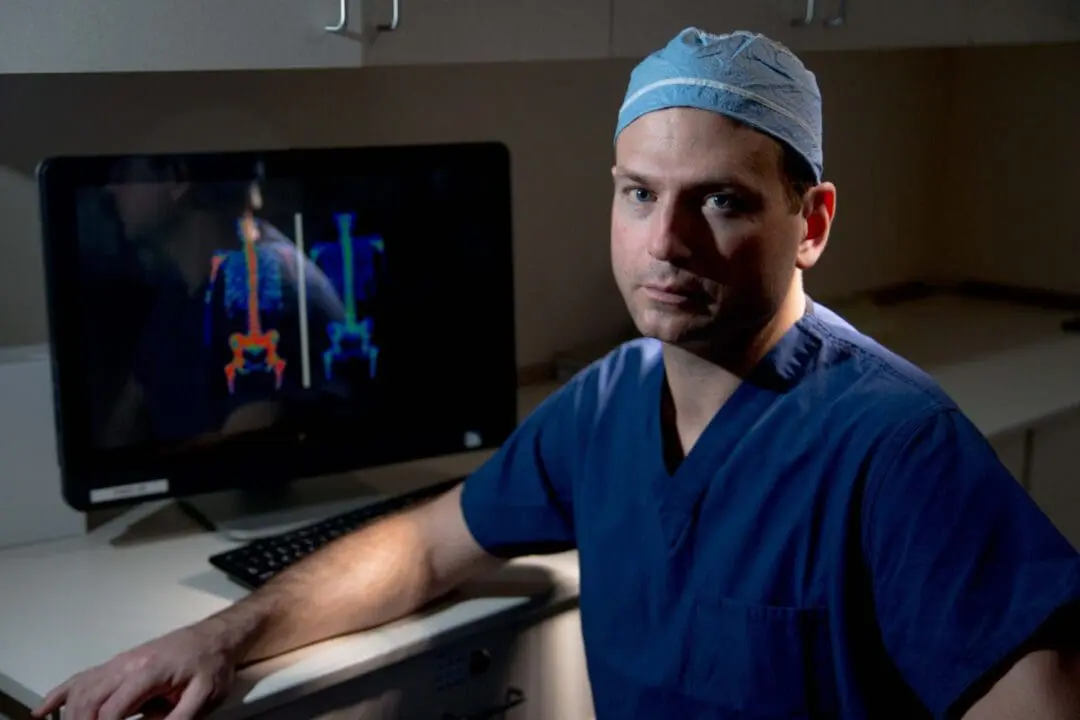![pexels-cedric-fauntleroy-4270088-scaled[1]](https://drallison.org/wp-content/smush-webp/2022/04/pexels-cedric-fauntleroy-4270088-scaled1.jpg.webp)
About Liposarcoma
A liposarcoma is a subtype of sarcoma, a rare and complex cancer usually diagnosed in adults between ages 40 and 60. This subtype embeds itself into soft tissue typically in the extremities or abdomen, and as it expands in size, it can cause damage to surrounding organs and tissue. Symptoms are often unnoticeable and delay diagnosis, but once detected, immediate treatment in Los Angeles could be required.
Sarcomas, including liposarcomas, requires diagnostic and treatment expertise often requiring sophisticated surgical techniques that only a knowledgeable orthopedic oncologist like Dr. Daniel Allison provides. At his practice in Los Angeles, Dr. Allison understands the complexities of sarcoma that can damage musculoskeletal structures and require a surgeon experienced in liposarcoma surgery to repair, preserve, and restore bone and tissue function.
What Are Liposarcomas
Within the soft tissue category, liposarcoma is one of the more frequently diagnosed subtypes. Orthopedic tumors develop as a soft painless mass but eventually grow in size causing pain and, when adjacent to a joint, impede movement. Tumors can develop anywhere in the body, generally in the extremities such as an arm, forearm, thigh, feet, or calves.
What are Liposarcomas
There are several different types of liposarcoma, each with their own unique cellular origin and behavior:
Well-differentiated (40%) – most frequently diagnosed
Myxoid /round cell (30%) – malignant tumor
Pleomorphic (15%) – affects adults age 50 to 70 and develop as a side effect of radiation treatment
Dedifferentiated (5%) – least common subtype and can change over a period of time
One of the greatest challenges with liposarcoma, and other sarcoma subtypes, is the scope of subtypes, with each having separate characteristics and behavior. A liposarcoma surgery expert like Dr. Allison in Los Angeles is skilled in navigating the complexities and tendencies of the disease is best qualified to treat this condition.
Soft tissue sarcomas are rare cancers overall, but within the soft tissue category, liposarcoma ranks as the second most frequently diagnosed and tend to develop into a large soft tissue mass often with smaller tumors scattered around it.
What are the Symptoms
If the primary tumor develops into a significant size, it can pressure surrounding organs and muscles, creating pain and discomfort plus additional symptoms of:
-
- Nausea
- Fatigue
- Swelling
- Numbness
- Limited range of motion
When the cancer is suspected, diagnostic tests such as x-rays and MRIs are performed. X-rays are particularly helpful in identifying calcification in the tumor and damage to nearby bone. An MRI can reveal the location, size, and appearance of the soft tissue tumor and also help guide the doctor in the biopsy.


![pexels-rfstudio-3825586-scaled[1]](https://drallison.org/wp-content/smush-webp/2022/04/pexels-rfstudio-3825586-scaled1.jpg.webp)